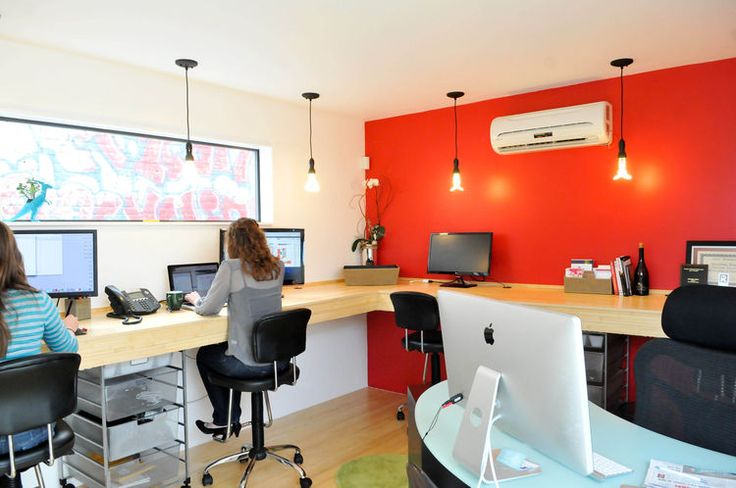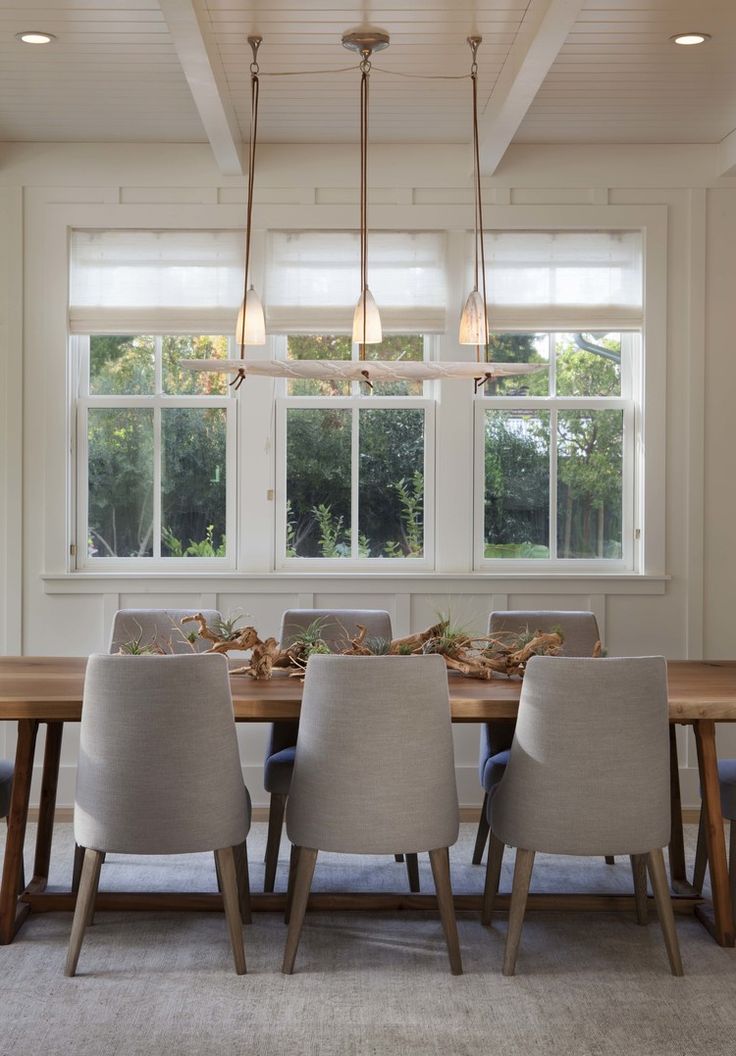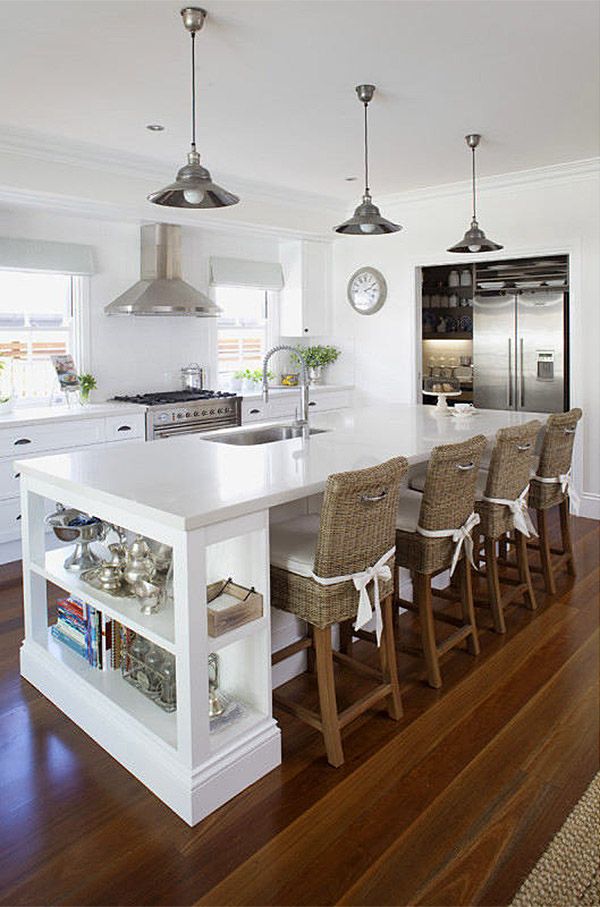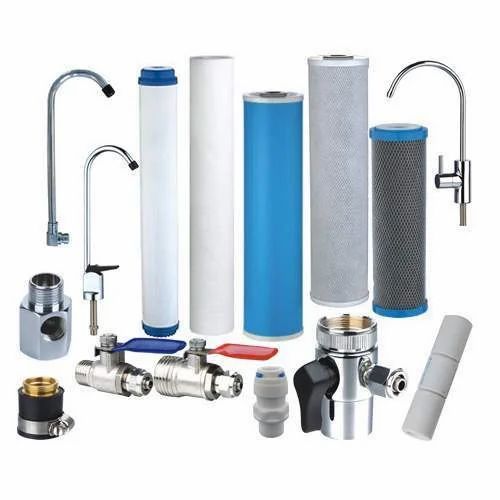Germination time for lettuce
Lettuce- How to grow from seed
Lettuce is a must-have for the vegetable garden. It adds bulk and texture to salads and salad sandwiches, and there are many types to choose from to suit your needs. There are amazing varieties that are red, green, speckled or frilly, just the thing to make a spectacular salad to impress your friends and family.
Varieties
There are many types of lettuce that you can grow in your garden. Probably the two most popular are ‘Crisphead’ types that have a tight ball of leaves that are crunchy and with a very mild taste, and ‘Cos’ types that have a fairly open, tall head of leaves and a slightly stronger taste.
Other types include ‘Butterheads’ that have, as their name suggests, a buttery texture and a soft head, ‘Looseleaf’ that have loose leaves that don’t form a real head. The loose leafed varieties can be harvested one leaf at a time which allows for an extended harvest as you can leave the plant in the ground.
Sowing Your Seeds
Many varieties can be sown all year round but lettuces are cool weather plants and don’t grow well in the heat of summer. If you choose to grow them in summer make sure they have some shade from the hot afternoon sun. You could grow them on the southern side of a bush or place some shade-cloth over them.
Lettuce seeds can be sown directly where you want them to grow, but the problem with this is that it leaves the emerging seedlings vulnerable to the hoards of pests that just love to eat them. It is far better to sow the seeds onto fine soil in a seedling tray or a pot, then just cover them lightly with fine potting soil. They must be sown very shallowly or they won’t come up as they need light to germinate.
Use good potting soil from your garden supplier in your tray or pot, not soil out of your back yard, and water them gently after sowing. Keep them moist but not wet and they will emerge in about seven days.
Most people like to sow a few seeds every couple of weeks so there is always some ready-to-pick lettuces in the garden. This protects you from the problem of having a lot ready at once, then nothing.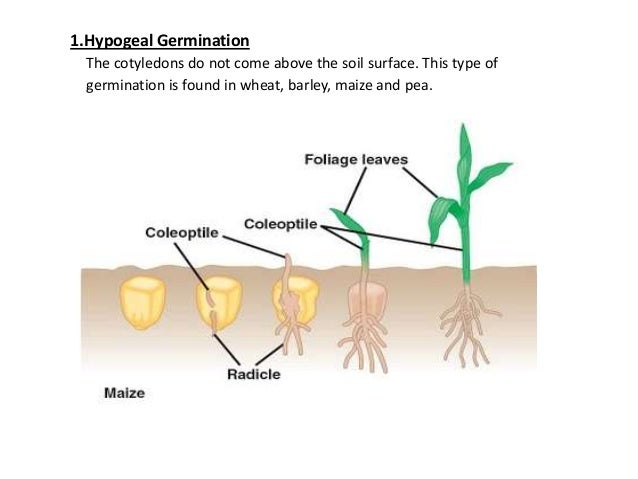
Planting Out
When your seedlings are big enough to handle, around the two or three ‘true’ leaf stage (about five centimeters) you can plant them out where you want them. They are really useful plants as they grow just as well in large pots as they do in the ground. They will even put up with dappled or part-shade.
Be gentle with these tender plants and water them in well after they are in the ground.
Cultivation
Lettuces will grow in most well-drained soil but they particularly like it if the soil is slightly on the alkaline side. If your soil is acid you can increase the PH by adding some dolomite or bone meal and dig it in a few weeks before planting your lettuce. A soft, well composted soil is preferable to all sand or heavy clay. If your soil is not ideal you have the option of growing your lettuce in pots or making a raised bed for them.
To keep your lettuce from going bitter you need to grow it quickly. This means adding manure to the soil before planting, and keeping the water up to them as they grow.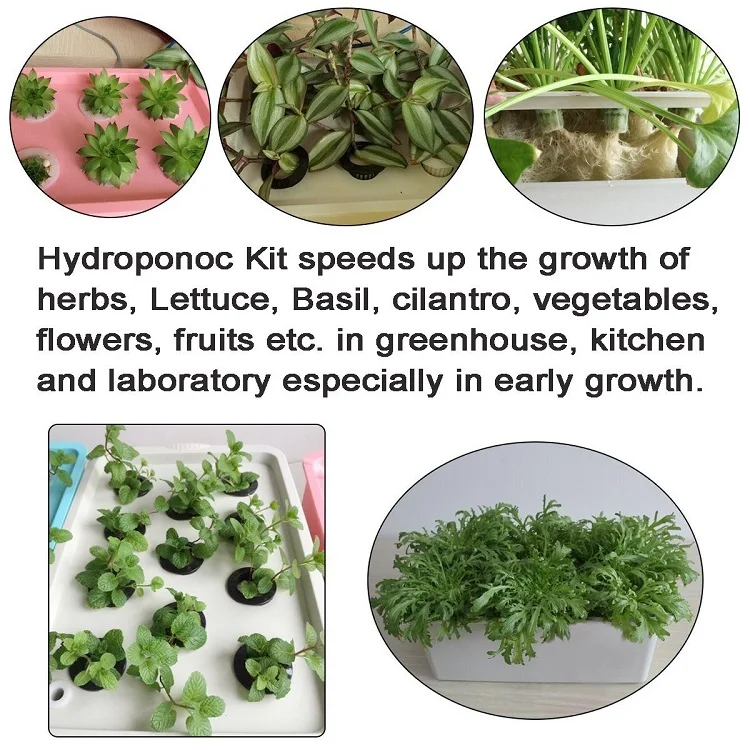 If they suffer a setback in growth they may go a little bitter or bolt to seed.
If they suffer a setback in growth they may go a little bitter or bolt to seed.
Pests, Diseases and Problems
The main pests of lettuces are slugs and snails. These can be controlled by picking them off on wet evenings or mornings then crushing them underfoot. A better alternative for those who don’t like to kill them by hand is to buy or make a plastic snail and slug trap. This is a shallow bowl that is half filled with beer or a sugar and yeast solution, the snails and slugs crawl in overnight and drown.
Harvest
Harvest depends on the type of lettuce you are growing. For heading types you should pick the plant when the head is tight and full-sized. Butter and loose leaf types can be harvested one leaf at a time. Just go out to the garden and pick the amount of leaves you need, leaving the plant in the ground to keep growing.
Depending on the variety it can take anywhere from 6 to 14 weeks from sowing to become ready for harvest.
Lettuces are one of the easiest and more fascinating edible plants to grow in the vegetable patch.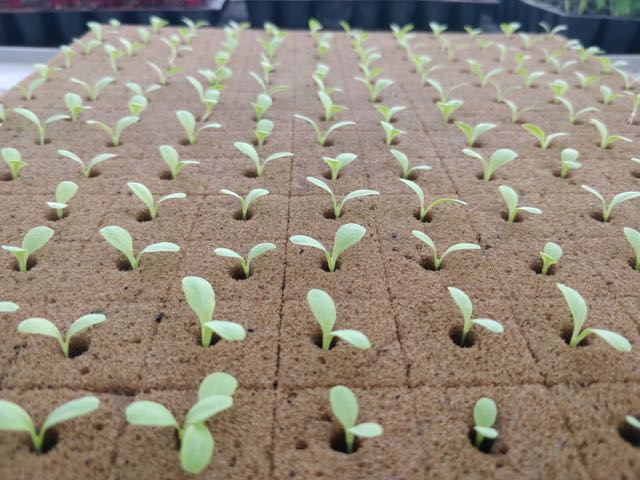 Did you know that lettuce used to be eaten as a medicinal plant to induce sleep? Or that there are ornamental (but still edible) varieties that look right at home among your flowers?
Did you know that lettuce used to be eaten as a medicinal plant to induce sleep? Or that there are ornamental (but still edible) varieties that look right at home among your flowers?
Grow some yourself and notice the difference in flavour and freshness compared to those you buy at the supermarket. Browse lettuce seeds here.
Growing Lettuce From Seed - The Complete How To Planting Guide
As an Amazon Associate I earn from qualifying purchases. Read full disclosure here.
Growing lettuce from seed is simple, and so rewarding. In this post, I will show you exactly when and how to plant lettuce seeds for the best results.
Growing lettuce seeds is so much cheaper and far easier than you might think. Once you get good at it, you’ll never go back to buying starts again.
Planting lettuce seeds is fairly straightforward. But, there are different methods you can use, and some important things to keep in mind in order to end up with healthy seedlings.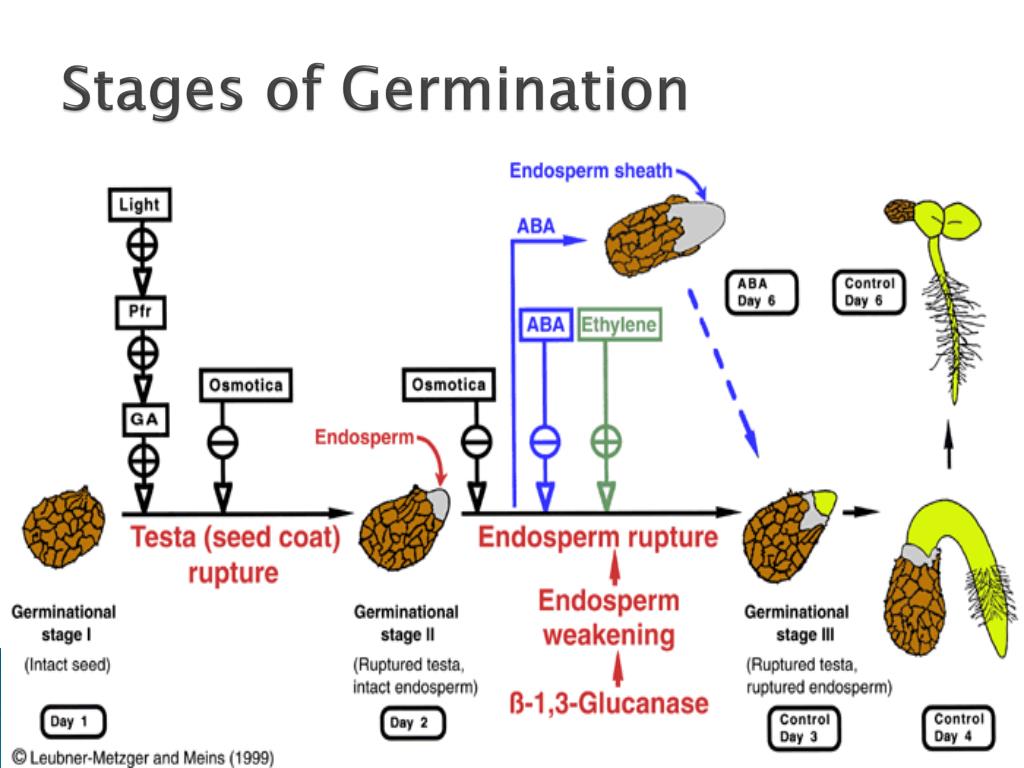
If you want to be really successful, this guide will show you the best system to use, and walk you through everything you need to know about how to grow lettuce from seed, step by step.
Table of Contents
Growing Lettuce From Seed
In this section, you’ll learn all about different types of lettuce seeds to grow, which sowing methods will work best for your garden, and how long it will take.
Types Of Lettuce Seeds For Planting
There are tons of varieties of lettuce seeds you can grow. I like to plant several different types so I have a good mix for my salads.
Some of my favorites are mesclun leaf mix, French Red Leaf, and Butterhead. Other popular options are romaine, bibb, or iceberg.
Related Post: How To Collect Lettuce Seeds From Your Garden
Different types of lettuce seed packetsRecommended Lettuce Seed Starting Methods
You can plant lettuce seeds directly in the garden, start them indoors, or even try winter sowing them.
I personally find it easiest to direct sow them, since they grow so fast, and the small seedlings can be difficult to transplant.
The method you choose depends on what is most convenient for you, and where you live. If it’s too hot or cold to direct sow them, then your best option is to start them indoors.
Related Post: 3 Seed Starting Methods That Every Gardener Should Try
How Long From Seed To Harvest?
Lettuce seeds grow very quickly. On average, it only takes about 40-50 days for them to reach full maturity.
You can start harvesting leafy varieties much sooner than that, since they don’t need to reach full maturity first.
However, larger types, or those that produce a head, need longer to mature. It can take anywhere from 55-80 days from seed to harvest for iceberg, romaine, or bibb lettuce, for example.
Mature leaf lettuce ready to harvestPlanting Lettuce Seeds
Sowing lettuce seeds takes a little bit of planning.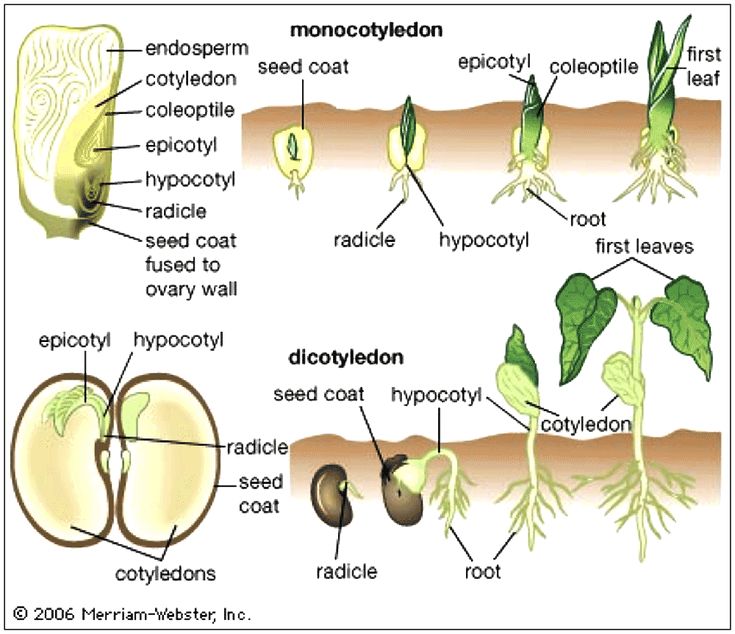 Don’t just throw them into the garden and hope for the best. Set yourself up for success by planting them the right way, and at the proper time.
Don’t just throw them into the garden and hope for the best. Set yourself up for success by planting them the right way, and at the proper time.
When To Plant Lettuce Seeds
Lettuce seeds germinate best in the cooler temperatures of spring or fall. If it’s too hot, they won’t germinate.
So, the best time to plant lettuce seeds is as soon as the ground is workable in very early spring, or once the temps start to cool down in late summer or early fall.
Lettuce Seeds Germination Time
In general, it takes somewhere between 4-10 days for lettuce seeds to germinate. In perfect conditions, it can be as little as 2 days.
If the soil is too warm, dry, or wet, or if there’s no light, it will inhibit germination. So, if your lettuce seeds aren’t growing, then check the temperature, light, and moisture levels.
What Do Lettuce Seedlings Look Like?
When they first sprout, lettuce seedlings are very small, and have two rounded and slightly oblong shaped leaves.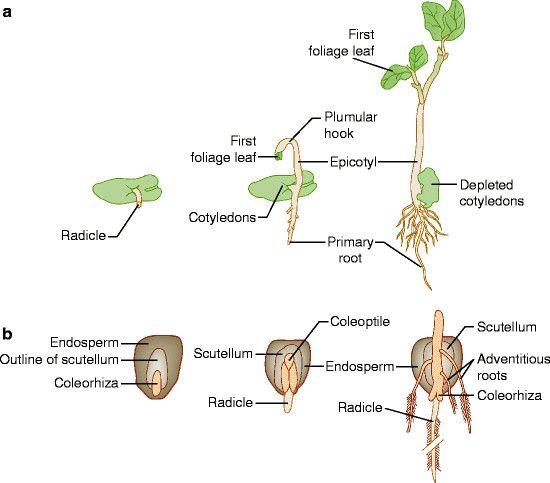 Those are called the “seed leaves”.
Those are called the “seed leaves”.
All of the ones that form after that are called the “true leaves”, and they look exactly like the mature ones – only much tinier.
Lettuce seeds germinatingHow To Care For Lettuce Seedlings
Once your lettuce seedlings have germinated, they still need extra care. Here is what to do to ensure success after they sprout.
Light
In order to germinate and grow their best, lettuce seeds and seedlings need lots of bright light. So make sure to use a grow light indoors to ensure they stay compact.
Water
They will also do best in consistently moist soil. Never allow it to dry out or become too soggy. A moisture gauge is the perfect tool to help you get it just right.
Fertilizer
Once your baby lettuce seedlings form their first true leaves, you can start feeding them with a half strength dose of organic seedling fertilizer, liquid fish emulsion, or compost tea.
Thinning
If you end up with overcrowded lettuce seedlings, then you should thin them to give each one plenty of room, especially head varieties.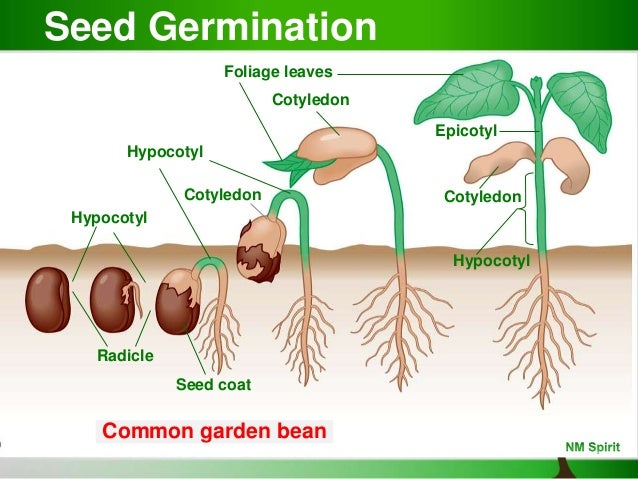
Otherwise they will compete for light, water, and nutrients, and end up crowding each other out. Which means you’ll have leggy plants that produce very little.
First true leaves on lettuce seedlingsTransplanting Lettuce Seedlings Into The Garden
If you started your lettuce seeds indoors, then there are a few steps you must take in order for them to survive being transplanted into the garden.
First, make sure that you harden them off to prepare them for life outdoors, and never skip this step. Otherwise, the transplant shock could be fatal.
Also, it’s very important to transplant them at the right time. Lettuce seedlings hate the heat, and hot weather will trigger bolting.
So plant them into the garden as soon as the soil is workable in very early spring, or after your last heatwave in early fall.
Baby lettuce seedlings in my gardenFAQs About Growing Lettuce Seeds
You are probably feeling pretty confident about growing lettuce from seed by now. But you might still have some questions. Here are answers to the ones I get the most.
Why won’t my lettuce seeds germinate?
If your lettuce seeds don’t germinate, they are most likely old. Otherwise, you may have planted them too deep, or the soil is too warm, too wet, or too dry.
How many lettuce seeds do you plant per hole?
How many lettuce seeds to plant per hole depends on their age. If they’re new, then plant one per hole. Otherwise, if they’re more than two years old, plant 2-3 per hole, then thin them out later if necessary.
How deep do you plant lettuce seeds?
You don’t need to plant lettuce seeds very deep. Since they are so small, and require light to germinate, you should plant them only about 1/4 inch deep.
Should I soak lettuce seeds before planting?
While it’s certainly not required, soaking lettuce seeds for 12-24 hours before planting can help to speed up germination.
How can you germinate lettuce seeds faster?
To germinate lettuce seeds faster, try soaking them for 12-24 hours before planting. Also, keep the soil cool, and give them plenty of light right from the start.
Do lettuce seeds need light to germinate?
Yes, lettuce seeds need light to germinate, so make sure that you don’t sow them too deep. Then put them in a bright location during germination, or hang a plant light right above the trays.
Growing lettuce from seed is fun, and very easy. Simply follow the detailed instructions above for the best success, and the biggest bounty!
Would you like to learn how to finally be successful with growing your own seeds? Then you should take my online Seed Starting Course! It’s a fantastic and fully comprehensive online course that you go through at your own pace. Enroll and begin today!
Otherwise, if you just need a little refresher, then you should download my Starting Seeds Indoors eBook for the perfect quick start guide.
Up Next: Learn exactly how to care for your lettuce plants here.
More Posts About Growing Seeds
- How To Plant & Grow Carrots From Seed
- How To Plant & Grow Radishes From Seed
- How To Grow An Avocado Tree From Seed
- How To Grow Spinach From Seed: Step-By-Step
Share your tips for planting lettuce seeds in the comments below.
Steps For Planting Lettuce Seeds
Below I will walk you through the steps for how to plant lettuce seeds. Before you begin, gather all of your supplies so you have everything you need to hand. This will make the sowing process much easier and faster.
Materials
- Lettuce seeds
- Water
- Seedling trays (optional)
- Seed starting soil (optional)
- OR peat pellets (optional)
Tools
- Hand trowel
- Grow light (optional)
- Soil thermometer (optional)
Instructions
- Prepare the soil or pellets - Indoors, pre-moisten the potting mix or peat pellets before planting in plastic trays. Outdoors, use your garden trowel to loosen the top inch of soil, and remove any weeds or large rocks and sticks before sowing.
- Determine how many seeds to plant - Outside, sow the seeds in rows 12-18" apart. Indoors, plant one per hole for fresh seeds, or 2-3 per hole if they're old.
- Plant the seeds - Sprinkle the seeds over the top of the garden soil or indoor trays, or plant them no more than 1/4" deep.
- Water the soil - Use the lowest setting on your garden hose outdoors, or water the indoor trays from the bottom. Water them well until the soil is evenly moist, but not soggy.
- Cover the seed flats (optional) - If you started them indoors, cover the trays with the plastic humidity lid.
- Indoors monitor light and temperature - Put the trays in a bright location, or add a grow light. Use a soil thermometer to ensure the temperature stays between 65-75°F.
cultivation in the open field, in a greenhouse, on a windowsill.
Growing lettuce in the open field does not cause any trouble to the summer resident, and there are many benefits from it. Leaf lettuce contains almost all groups of vitamins and many minerals: potassium, calcium, manganese, iron, iodine, copper, molybdenum, boron, as well as organic acids. The use of lettuce leaves promotes proper digestion, speeds up and normalizes metabolism. Only there is a prerequisite - the leaves should not undergo heat treatment, i.e. the faster they are from the garden, the more useful.
Temperature and humidity conditions.
Leaf lettuce is a cold-resistant, photophilous and moisture-loving culture, like radish. The needs of these cultures are also practically the same. A good solution would be to sow radishes and lettuce in the same bed. They will protect each other from pests.
Lettuce seeds begin to germinate at +4 +5°C, so they should be sown immediately after the snow melts, in slightly warm soil. Seedlings painlessly withstand frosts down to -2 -4°C, and mature plants with 4 - 5 true leaves can withstand up to -6 - 8°C.
The optimal temperature for plant development is +15 +20°C, it is in this temperature range, subject to sufficient soil and air moisture, that active growth of green mass begins. With an increase in temperature over +20 +25 ° C, the plant gives less greenery, withers and shoots an arrow with seeds. Also, at elevated temperatures, seeds do not germinate well, so you should not wait for this summer to sow lettuce.
Lettuce is picky about the sun and light, does not like to grow in deep shade. It is preferable to plant it in open sunny areas in early spring. If you are late with spring planting, then plant lettuce in shady places. The scorching hot sun completely stops the growth of lettuce, so try to shade the seedlings with other crops.
Lettuce cannot develop without an abundance of moisture in the soil and air. Therefore, it is advisable to water it every day, and preferably in the evening (after sunset). Moreover, it is better to water by sprinkling, wetting the leaves with water too, but not in the heat.
What soils?
Leaf lettuce is best grown on loose soils with a lot of organic matter and trace elements, while the acid reaction of the soil should be neutral or slightly alkaline from 6. 0 to 7.2 pH.
Acidic, saline, heavy clay soils are not suitable for growing lettuce. Otherwise, the salad is unpretentious, i.e. grows well on sand, and on loam, and on chernozem, and on carbonate soils.
It is necessary to prepare beds for lettuce in advance, from autumn. It is advisable to use those beds on which fertilizers were applied. In autumn, they should be loosened and, if desired, add rotted manure or compost at the rate of a bucket per 1 m 2 .
We leave everything as it is, until spring.
Due to the shallow root system of lettuce, the soil must always be kept loose and moist.
Grades
Outdoor:
- Emerald, Robin,
- Ballet,
- Dubachek MS,
- Cricet,
- Riga,
- Odessa Kucheryavets,
- Leafly,
- Eurydice,
- Red Creed and others.
In the spring, as soon as the snow melts, we cover the bed with a black film so that the earth warms up faster. After a week, remove the film and sow lettuce seeds.
Important! To speed up the emergence of seedlings above the garden, you can build a greenhouse with a transparent film. Under it will create optimal humidity. When shoots appear, the film can be removed for the day, and covered again at night.
We make grooves up to 2 cm deep, the distance between the grooves is 15 - 20 cm, depending on the type of lettuce. The more bushy the spreading variety, the greater the distance required.
Water the grooves with warm water and scatter the seeds. You can try to sow so that one seed is 2 - 3 cm, or you can not bother at this stage, and sow with a continuous tape, and then thin out the seedlings. Embedment depth 0.5 - 2 cm.
Fill the grooves with soil.
Important! It is convenient to grow lettuce as an additional crop in beds with radishes, cucumbers, cabbage, zucchini and other crops.
Seedlings should appear in 5 to 7 days. After the appearance of 3 - 4 true leaves of the lettuce plant, it is advisable to thin out. Therefore, we pull out the extra ones, leaving one plant at 5-7 cm.
In a heated greenhouse, lettuce can be grown all winter, in an unheated greenhouse, you can start sowing from March 1st. The soil is prepared in advance, the sowing is carried out shallowly - 0.5 cm is enough, you can fill it with soil or peat. For growing lettuce in a greenhouse, a thermos greenhouse is quite suitable for you. Which is easy to build with your own hands
Otherwise, the technology of growing lettuce in a greenhouse is practically no different from growing it in open ground. It is necessary to create an optimal temperature and humidity regime and ensure that diseases do not appear. There is only one feature: the greenhouse must be ventilated. Only when the weather is very cold, the ventilation can be turned off.
In open field conditions, the surface of lettuce leaves and the soil dry out rather quickly in the wind. This does not happen in a greenhouse. Therefore, watering must be done drip and keep the soil surface dry. Falling on wet soil, lettuce leaves begin to rot very quickly. And high soil moisture leads to the appearance of root rot.
Window sill:
- Red Credo,
- Odessa,
- Lollo Rossa,
- Lolo Bionda,
- Grand Rapids.
Any early maturing varieties with a not too developed root system can be grown indoors all year round. Only in winter, when the sunny day is very short, it is necessary to illuminate with lamps.
For growing lettuce on a windowsill, ordinary pots for indoor flowers with a height of at least 10 cm are suitable. and sand. We make small indentations in the ground, no more than 0.5 cm. The distance between the holes is 2–3 cm. We spill them with water. Then we put 1 - 2 lettuce seeds in each hole. Cover with soil and water. Cover the pot with cellophane wrap.
It is best to put the pot on a window sill in a glazed loggia, as lettuce does not like too hot air and high temperatures that can await it on the windowsill above the heating radiator. On the glazed loggia will be just right.
After 5 - 7 days, lettuce sprouts will appear. We remove the tape. Now you need to make sure that the soil under the lettuce does not dry out. We constantly water the plants and arrange a “shower” from the spray bottle. Definitely only in the evening.
When the height of the leaves reaches about 8 - 10 cm, you can pluck them and eat them. Approximately 5 to 7 weeks after sowing, the entire lettuce bush can be consumed. Then it is desirable to make a complete cut of the bush, leaving only the root. Just a little more, a week or two, the plant will be edible, tender short leaves will grow, but then it will shoot an arrow with seeds. Then we remove it from the pot completely.
Care
Care for leaf lettuce crops consists only in timely watering, loosening the soil and removing weeds.
Water once a day in dry weather and 2 to 3 times a week in cool and cloudy weather. This is best done by sprinkling after sunset. Do not water the salad from a watering can on a hot day , as wet leaves will wither.
Feeding is not necessary, as the culture is early. It is better to add all the necessary trace elements in advance. Only in exceptional cases can you combine watering with top dressing by adding a little manure to the bucket and carefully hanging it in the water.
Lettuce pests cannot be controlled with chemicals. You can use only natural remedies, garlic infusions, biological products.
If a disease is found on a lettuce plant (root rot or otherwise), it must be completely removed immediately so that the disease does not spread.
Harvesting and storage
Lettuce can be harvested when its leaves have reached the optimal length for consumption, i.e. not less than 8 cm. You can pluck individual leaves and eat them on the same day or pluck the whole plant and store in the refrigerator.
Lettuce leaves can be plucked only in the morning in dry weather, because wet leaves are not stored even for one day. After the leaves are plucked, they are carefully placed in a plastic bag and placed in the refrigerator. There they can lie for up to 1 - 1.5 weeks, then they will begin to deteriorate.
Lettuce is not stored at room temperature. Only at low. You can wash the leaves just before use and it is advisable to dry them immediately, otherwise they will lose some taste.
Lettuce is a spring-autumn plant. Growing it in summer in hot weather is quite difficult, and not necessary. By that time, a sea of other useful and tasty herbs is ripening. But in early spring, lettuce is a salvation from beriberi and spring depression.
Sow and eat to your health!
Share on your social network or leave your comment.
Cultivation of leaf lettuce, head lettuce, romaine lettuce: seedlings and outdoors
The birthplace of lettuce is the Mediterranean. It was grown by the ancient Greeks, Egyptians and Romans. In Europe, since the 14th century, lettuce has been cultivated in protected ground and served at the royal table in winter. Currently, various forms of lettuce are common in Europe and the United States. In Russia, lettuce is very popular and is grown both in open and protected ground.
Currently, the lettuce is represented by four main varieties: asparagus lettuce, leaf lettuce, romaine lettuce and head lettuce.
Lettuce is an annual plant, first a rosette of basal leaves grows, and then a peduncle. The leaves may form a head. The color of the leaf depends on the variety and can be from dark green to pale yellow.
Lettuce is a cold-resistant plant, the seeds germinate at a temperature of +5 degrees and sprout in a week. Young shoots tolerate frosts down to -5. Lettuce loves light and moisture. In hot weather, flower stalks quickly form and the bitterness of the leaves increases. Head lettuce forms dense heads when the difference between day and night temperatures is less than 8 degrees. The plant prefers loose soils with a neutral reaction of the environment and is very picky about the mineral composition of the soil.
For planting lettuce, choose a plot of land with a southern slope. Lettuce seeds are very small, so the soil is prepared with great care, digging in autumn and spring to a depth of 20 cm. In spring, when preparing the soil, mineral fertilizers are applied at the rate of 30 g per square meter. Leaf lettuce is grown outdoors (or at home on a windowsill). Other varieties are more appropriate to grow through seedlings.
To speed up germination, lettuce seeds are soaked for two to four days, and then dried. Lettuce can be planted every two weeks from mid-spring to mid-summer. You can also sow before winter, shortly before the onset of cold weather.
In the spring, lettuce is sown very early, immediately after the soil has thawed. Ridges are usually used, with rows of 20 cm for leaf varieties and up to 40 cm for head varieties. Seeds are buried to a depth of 1.5 cm. Seedlings appear in spring in two weeks, and in summer in less than a week. To accelerate growth in open ground, crops are covered with a film.
Growing lettuce seedlings
Seeds are sown in pots with a diameter of 5 cm three weeks before planting in the ground. The soil mixture is prepared from peat, sand, sawdust, lime and mineral fertilizers at the rate of 60-70 g per 10 kg of the mixture. The relative humidity of the soil should be around 70%. A week before planting in the ground, seedlings are hardened off, lowering the temperature and reducing watering. Seedlings should have 5-6 leaves. Seedlings of head lettuce are planted in the ground after the end of frost, usually in late spring, in ridges at a distance of 30-40 cm between plants. Asparagus lettuce seedlings are planted in 40 cm increments and watered daily until established.
Lettuce Care
Lettuce care consists of loosening, weeding and watering. Lettuce grown from seeds is thinned twice, leaving first 5-7 and then 20-30 cm between plants. Water the salad as needed, avoiding water on the leaves.
lettuce harvester
Leaf lettuce is harvested about a month after germination.

